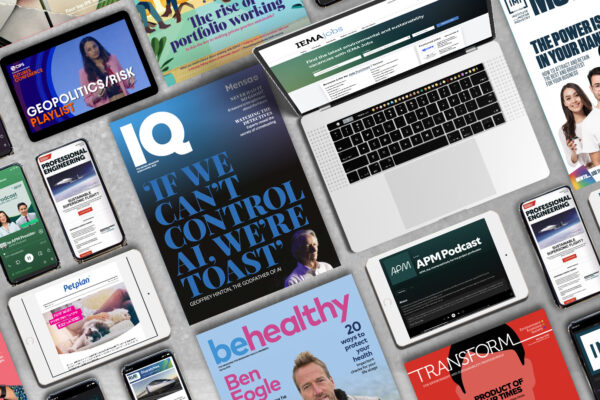Launched back in 2011 and now the largest survey of its kind, Re:member highlights key shifts in the way membership organisations communicate with their audiences. And it just keeps getting bigger, with a record-breaking 215 organisations filling out our survey this year!
Following the exclusive unveiling of our Re:member 2022/23 findings over a series of webinars, we have rounded up the key themes emerging. Here’s what you need to know…
For some, pandemic recovery has been strong – but at the expense of innovation
In the last 18 months, professional membership organisations have seen strong recovery from Covid. Membership numbers have stabilised – only 10% of professional organisations have reported a drop in membership numbers this last year, with the remaining 90% confident that their membership numbers were the same or increasing. A return to popular face-to-face events has also given organisations a much-needed boost, but we do note that this has been, in some cases, at the expense of driving forward digital transformation initiatives that were accelerated by the pandemic.
However, the same could not be said for consumer organisations: 44% reported that their membership numbers were down, 32% confessed to no real change, and just 24% reported an increase. And, there was not the same enthusiasm for returning to face-to-face events, with organisations reporting that their ageing audiences were scared to attend.
Reasons for declining membership numbers could be due to a variety of factors, though. Firstly, many sites and visitor experiences had to close during the pandemic, meaning that some people may not have had a concrete reason for continuing their membership. Likewise, the rising cost of living is causing many to trim whatever expenses they can. Something to monitor over the coming year.
Confidence dwindles during times of uncertainty
Our results indicated that organisations are having a crisis of confidence, which can certainly be expected during unprecedented times. Unsure what to prioritise in terms of channel mix and worried about committing to long-term plans – as well as struggling with an over-reliance on emails – membership organisations are feeling the strain. But, with members increasingly scrutinising their spending, confidence is something organisations need to find – and fast.
Times of uncertainty can be difficult, but presenting a more confident picture could be what helps a business to thrive. Organisations don’t have to be visible on every channel. They just need to do more of what works well and bravely switch things off.
Strategy is the answer
A lot of organisations revealed they don’t have a full content strategy in place – and those that do aren’t confident it is meeting their needs. They might have a clear vision for the direction of the business, but not the role communications play in helping them achieve their objectives. And, while they are not thinking strategically, they are producing a lot of content, which can impact resources.
The time to step back and look at what your organisation can say better than anyone else is now.
Only when you start with strategy can you join the dots across all your content channels and avoid getting caught up in the ‘business as usual’ of creating stuff.
Not sure how to get started? Get in touch with us today.
Work rates remain challenging
A couple of years ago, our research indicated that work rates were unsustainable. Even without the constantly-changing backdrop of the pandemic, it seems not much has changed – Re:member survey respondents claimed that these still remain challenging now. For instance, half of professional membership organisations admitted that the rate at which they’re working is unsustainable, with 52% feeling their budget was being squeezed.
Our findings indicated that organisations are worrying about how to juggle numerous different communication channels, while also making sure they’re doing the right thing by their members. But we believe that if you get your data right (data quality remains a huge challenge), while identifying your skills gaps so that you can plug them, you can start working out how to make sure you can effectively prioritise the right channels at the right time.





